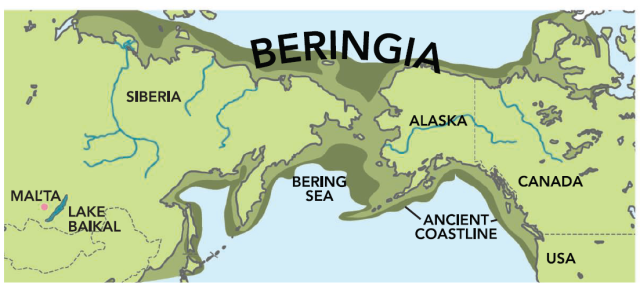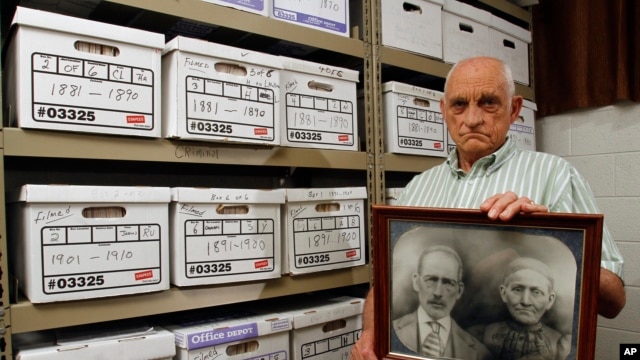Native Americans had a network of trails throughout the mountains, gaps, and waterways. The early settlers realized the importance of these networks so a clash occurred when both wanted to be in control. As the settlers moved into western Virginia , and what is now Tennessee
The French were located to the north and west, with Shawnee Nashville ) and east of Knoxville , at the French Broad River West Virginia North Carolina with the Virginia boundary coming as far down as possibly Rogersville , Tennessee North Carolina could not take care of her far-flung western territory, so the Virginia
Lord Dunmore’s War, in 1774, caused a lot of confusion with theShawnee Clinch Valley Lee County , Virginia Lee County and western Scott County and in the main Valley of the Houston from Kingsport Virginia Virginia , to Martin’s Lower Station near Cumberland Gap .
Lord Dunmore’s War, in 1774, caused a lot of confusion with the
The fort that interests Melungeon researchers a little more than others is Fort Blackmore Cumberland County and New River , Virginia , stopping at various points west of the Blue Ridge . Some of them stopped on Stony Creek, Scott County , and Virginia , where Stony Creek runs into Clinch River . The white emigrants with the friendly Indians erected a fort on the bank of the river and called it Fort Blackmore Virginia
There is a lot we don’t know about all these old forts, yet we do know several things about them. A recent book I found has many historical documents in it, “The Forts of the Holston Militia,” authors Lawrence
Penny Ferguson
© History Chasers Click here to view all recent Historical Melungeons Blog posts
Enter your email address to start receiving this blog in your inbox







